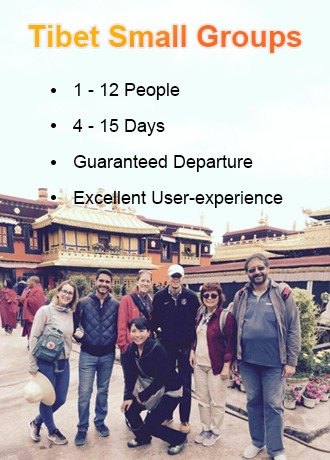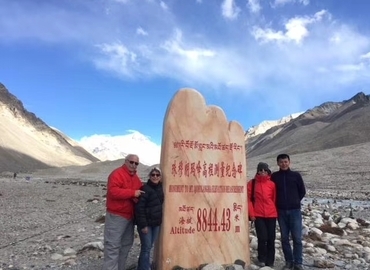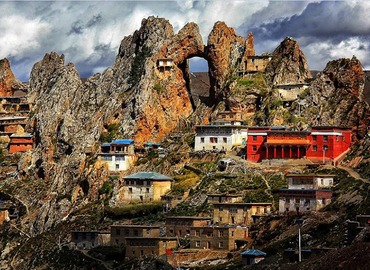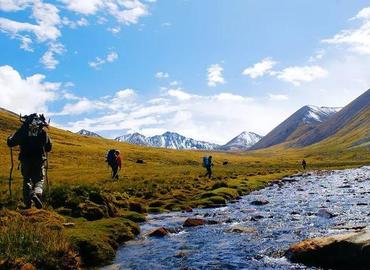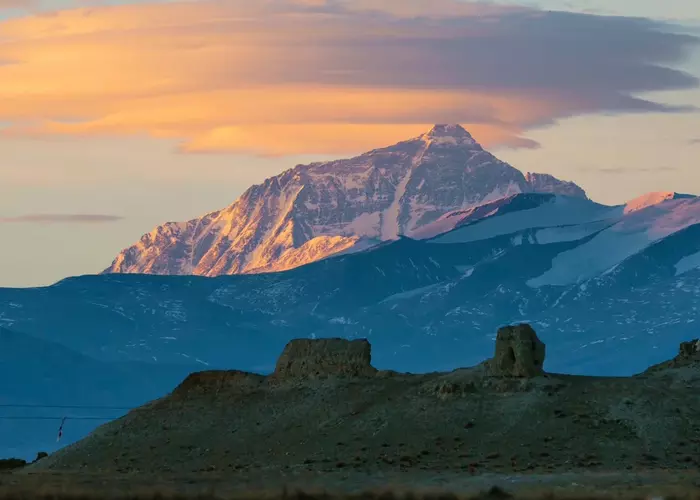Legends of Top Ten Lakes in Tibet
- by Eric
- Last Updated: 2023-02-08
There are numerous lakes with different colors dotted between Tibetan snow-capped mountains and boundless grasslands. All the lakes in Tibet have their own legends. They guarded this sacred land of Tibet, and their stories are also passed down by the Tibetans from generation to generation. Here're the legends of the top ten lakes in Tibet.
Lhanag-tso
Lhanag-tso Lake is also called Ghost Lake, which means “poisonous dark lake” in Tibetan languages. Lhanag-tso Lake is located next to the holy Manasarovar. The legend goes that there is a cosmic door under the lake which connects the two lakes together. The water qualities of the two lakes are totally different. The water in the holy lake - Manasarovar is sweet and fresh, while the water in the ghost lake tastes bitter and bad. The ghost lake and the holy lake live under the same snow-capped mountain. There is no hatred or war, only the bleak years that have been together for hundreds of millions of years. The ghost lake often has three-foot waves without wind, and the lake is surrounded by dark red hills with weird and blurred colors.
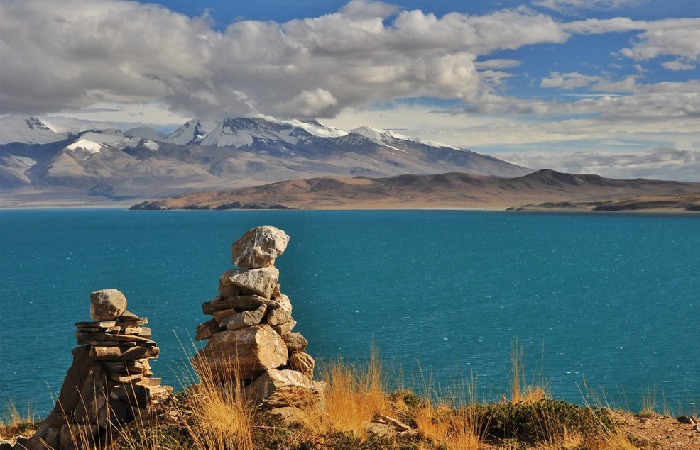
Lhamo La-tso
Lhamo La-tso is one of the most legendary lakes in Tibet, which plays an important role in Tibetan Buddhism. It has a special status in the reincarnation system of Tibetan Buddhism. Every time the eminent monks visited the reincarnated soul boy, they would visit the lake to observe first. From April to June in the Tibetan calendar, lots of pilgrims will come here for the purpose of witnessing their past and future life by seeing the shadows in this lake. The holy lake can present the future destiny of every person who goes to worship it. As long as pilgrims look into the lake piously, they will have a chance to see all kinds of prospects in the future on the surface of the lake.
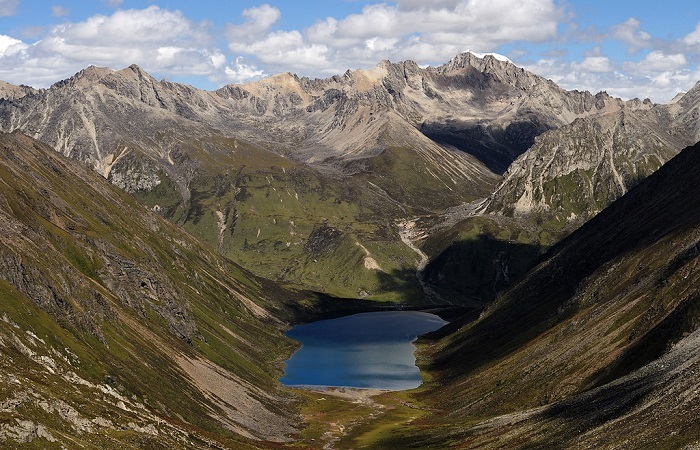
Pangong-tso
Although there is no religious legend about Pangong Tso Lake, it is one of the most popular Tibetan attractions on this broad Tibetan Plateau. Pangong Tso Lake is a pure land for nature and a paradise for birds. There is no hustling and bustling, but peace and serenity. In this highest bird world, there are blue sky and white clouds above, snow-capped mountains and lakes below. The large natural barrier here separates Bird Island from the outside world, completely preserving this special natural landscape of the Ngari Plateau.
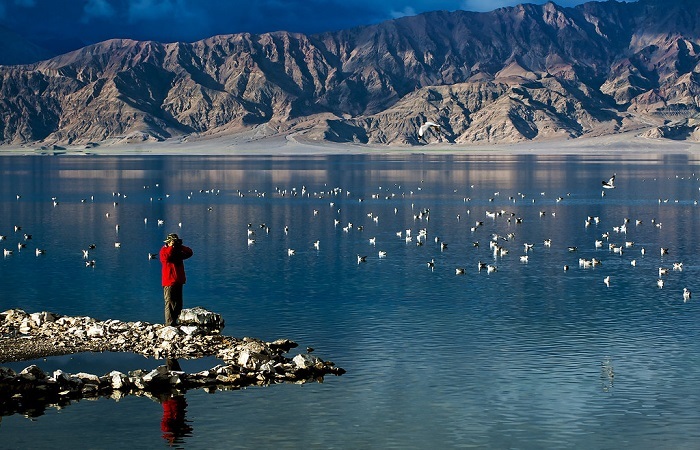
Draksum-tso
By a small creek on the south bank of Draksum-tso Lake, there is a legendary cave for praying for kids. It is said that this small hole was once blessed by Guru Padmasambhava so it's very efficacious. On the northwest side of the lake, there is also a five-square-meter boulder with a hole in the center. It's said that drilling through this hole can eliminate disease and disasters. On the beach not far from here, there is a "Padmasambhava's meditation Cave". On the west bank of the lake is the "King Gesar's archery field". It is said that on the 15th day of April in the Tibetan calendar every year, a long white belt will emerge on the centerline of the bottom of the lake under the blue water. The local people have rumored that it is a huge white Khata dedicated to King Gesar.
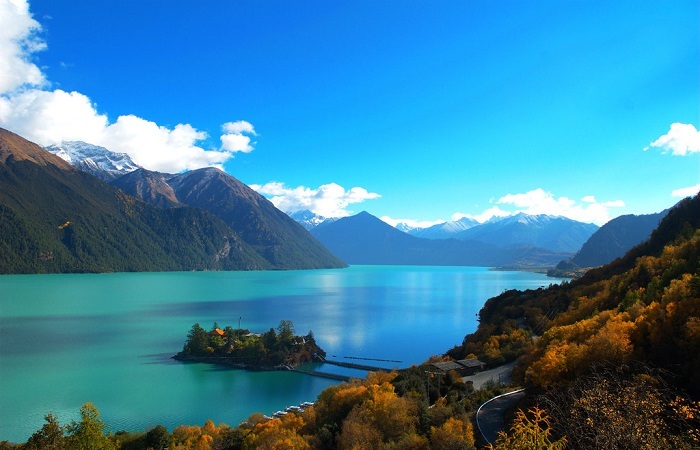
Zhari Namco
According to legend, there used to be a big tribe, and all water was taken from a small well. The lama asked the people of the tribe to cover the well every time they took water. Once, an old man in the village drove sheep to a farming area to do trade for salt and grain. When returning home, he met his wife fetching water. His wife was happy to see and greet him, therefore forgot to cover the manhole and went home with her husband. When she remembered and went back to the well, she saw a big goldfish churning in the water and yelled at her: "If there are no four big mountains to hold me down, I, Zhari Namco will jump into the sky!" The overflowing water flooded the tribe's grassland. An old man and a child were grazing on the mountain. Seeing this, they were very scared and ran to the mountain south of Zhari Namco. The old man ran to the mountain and didn't dare to look back. He said to the child, "is there a white rainbow in the water? If there is a white rainbow, it means that Padmasambhava has come to cover the well. As expected, Master Padmasambhava rode a white rainbow down to the well to press the water down. It is said that this remain was left on the south bank of Zhari Namco. And there also raised four mountains around the south bank.
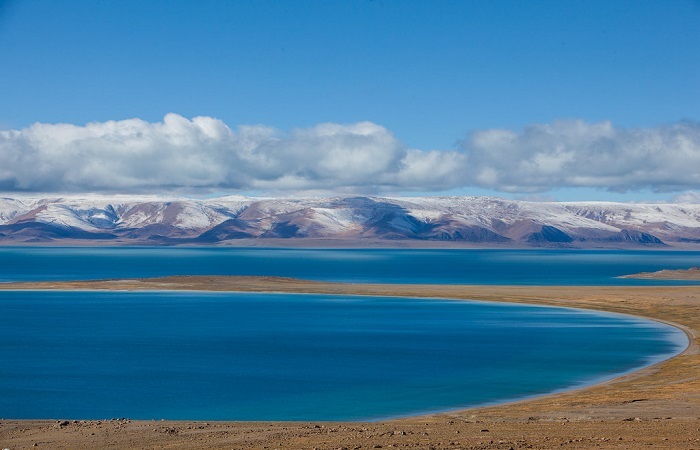
Siling Tso
According to the legend, Siling was an evil monster who lived in Lhasa. Every day, the monster greedily devoured thousands of creatures including people, beasts, animals, etc. No one can conquer it. On a good day after a thunderstorm, Master Padmasambhava, who's the surrender the evil and ghost, finally found Siling. So under the close pursuit of Master Padmasambhava, Siling fled to the vast and muddy lake south of Gangni Qiangtang. The master ordered Selin to never leave this lake, repent sincerely in the lake, not to mutilate the aquarium, and named the big lake "Siling Tso", which means "Siling Devil Lake".
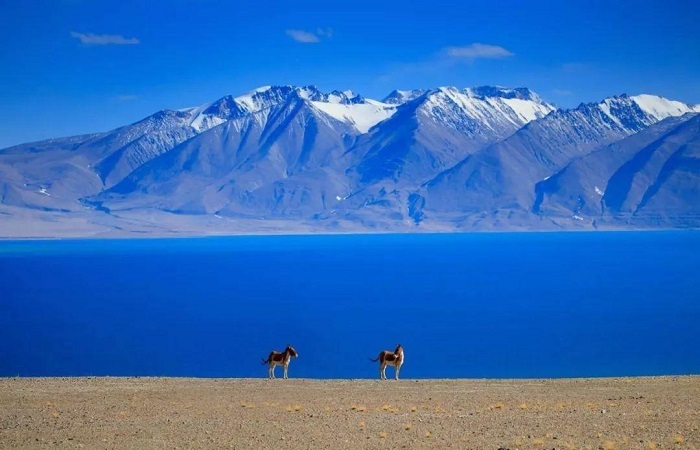
Tangra Yumco
It is said that Tangra Yumco Lake was a ghost lake in the past. Later, the first prince of Zhangzhung, Tonpa Shenrab, conquered the devil in the lake and it became a sacred lake. There are seven peaks in Dalguo Mountain, and the peaks are covered with snow all year round, like seven giants wearing white hats standing side by side and faithfully guarding Tangra Yumco. The scenery of the mountains and the lake here is simply a holy scene. The mountains are regarded as sacred mountains together with Tangra Yumco. And it is said that the bottoms of the lake and mountain are connected, and the lake can change three colors in a day.
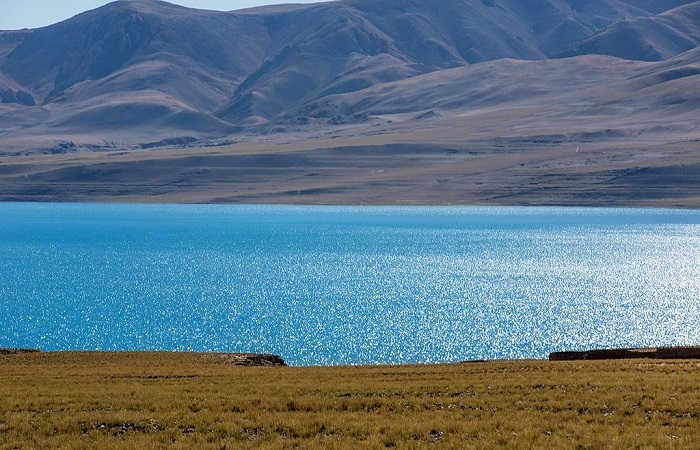
Manasarovar
Some people say that Manasarovar is the palace for the dragon god. There are many treasures on the bottom of the lake. If you can catch a fish, pick up a stone or a feather of a gull bird in the lake, you will live a happy life. Others say that Manasarovar is the legendary Jade Lake where the Queen Mother of the West lives. The water of the lake is holy water, which can wash away the five poisonous - greed, anger, ignorance, neglect, and jealousy of people's souls. After bathing in the lake, the soul can be baptized and the skin can be cleaned.
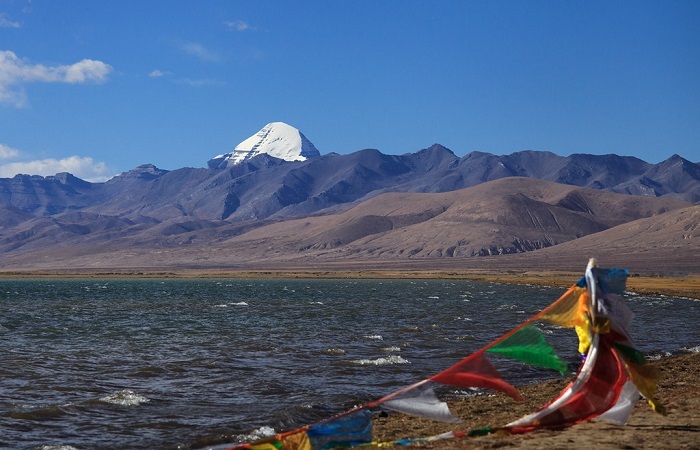
Yamdroktso
Yamdroktso Lake is said to be turned by a fairy. A long time ago, there was a small spring. A rich family lived nearby, and the servant of the house was called Dawa. One day, Dawa rescued a small goldfish by the spring. Then, the goldfish turned into a beautiful girl and gave her a treasure. It was known by the master soon, so he asked Dawa to find the girl but they failed, then the master drowned Dawa into the spring. At this time, the girl appeared and turned into an endless wave to hit the rich. The rich were rewarded with evil, and from then on, a charming lake with blue, clear, crystal-like water was formed here.
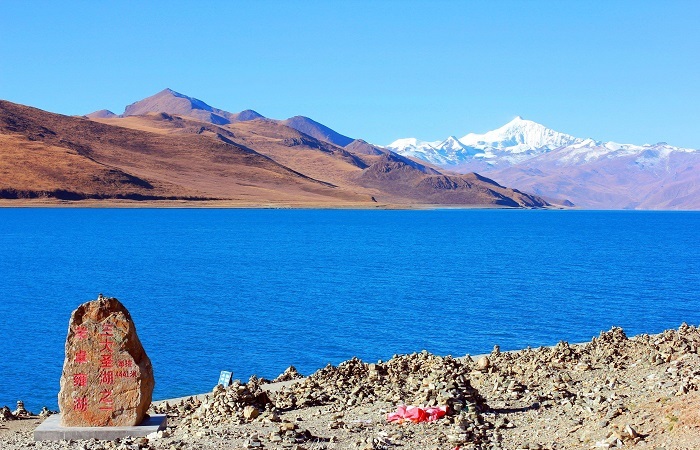
Namtso
In the local legend, Namtso was the daughter of Di Shi Tian, and she's the goddess of the heavenly lake. The water resource is from the nectar of heaven from the Imperial Kitchen of the Heavenly Palace, and when it reaches the earth, it becomes a wonderful mirror of the Goddess. In Tibetan, Nyenchen Tanglha means "Grassland God of Lingying", which is the main god among the gods of the northern grassland. He has a vast borderless northern territory and rich treasures.
Namtso and Nyenchen Tanglha are not only the most eye-catching sacred mountain and holy lake in Tibet but also lovers and couples who love each other for life and death. Against the background of Namtso, Nyenchen Tanglha looks more straight and tall. And Namtso looks more beautiful because of the reflection of Nyenchen Tanglha Mountain.
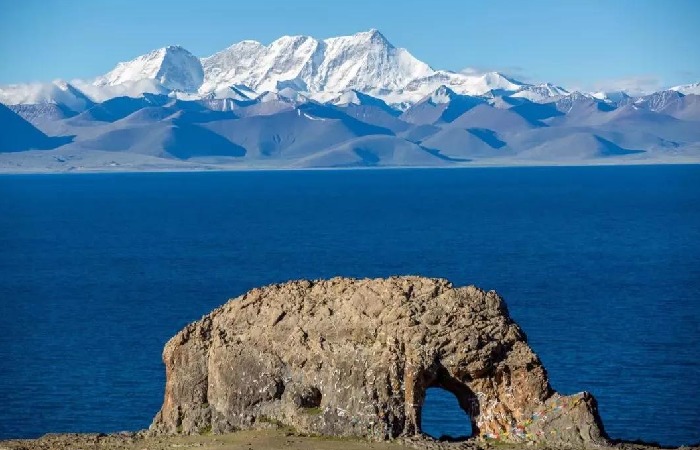
Email response within 0.5~24 hours.


